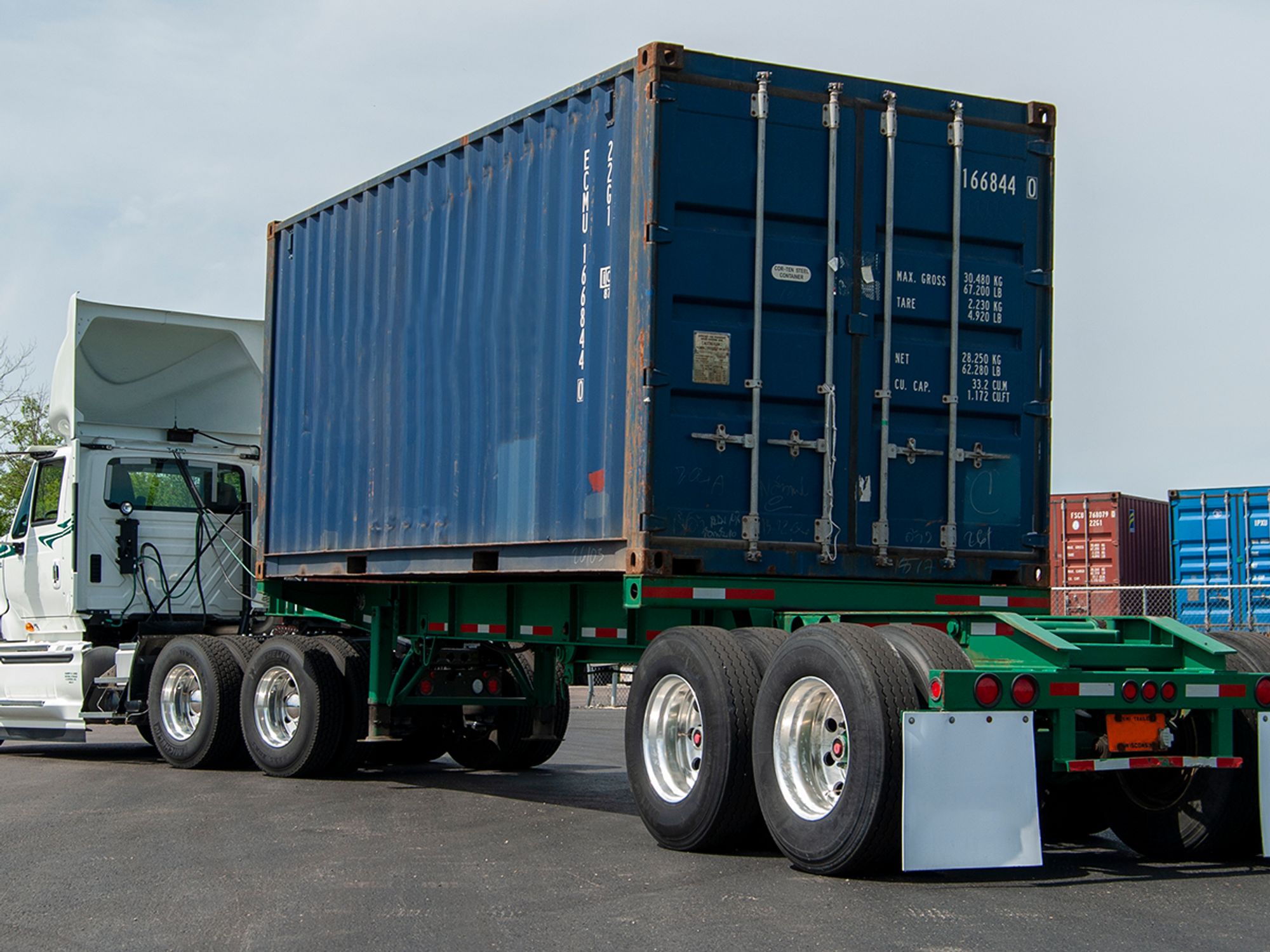Intermodal equipment: Pretrip and post-trip inspections

- Drivers preparing to transport intermodal equipment must inspect and be satisfied that certain components are in good working order before transport begins.
- The motor carrier or driver must report any known defects or deficiencies in intermodal equipment upon its return to the provider.
- The intermodal equipment provider must make the repair or indicate that repair was unnecessary and then sign the report before the equipment is operated again.
Motor carriers and drivers operating intermodal equipment (trailers and chassis used to transport intermodal containers) must conduct a pre-trip inspection before the equipment is operated and must report any defects when the equipment is returned to its provider.
In addition, a motor carrier:
- Must not use intermodal equipment that has not passed an annual inspection under 49 CFR 396.17 during the preceding 12 months. Documentation of the inspection must be on the vehicle.
- May not require or allow any employee who does not meet the minimum brake inspector qualifications of 396.25(d) to be responsible for the inspection, maintenance, service, or repairs of any brakes on intermodal equipment. Documentation of the employee’s qualifications must be maintained.
Intermodal pretrip inspections
Drivers preparing to transport intermodal equipment must inspect the following components and be “satisfied” that they’re in good working order before the equipment is operated over the road:
- Service brake components that are readily visible to the driver, performing as thorough a visual inspection as possible without physically going under the vehicle, and trailer brake connections;
- Lighting devices, lamps, markers, and reflective tape or reflectors;
- Wheels, rims, lugs, and tires;
- Air-line connections, hoses, and couplers;
- King pin upper coupling device;
- Rails or support frames;
- Tie down bolsters;
- Locking pins, clevises, clamps, or hooks; and
- Sliders or sliding frame lock.
Intermodal post-trip inspections
When intermodal equipment is being returned to its provider (or the provider’s agent), the motor carrier or driver must report any known defects or deficiencies in the equipment. The report must include, at a minimum, the same parts and accessories that are included in the pretrip inspection.
NOTE: The post-trip report is only required when there are defects or deficiencies to report.
No specific format is required for the post-trip report, but it must include:
- The name of the motor carrier,
- The U.S. Department of Transportation (USDOT) numbers of the motor carrier and intermodal equipment provider,
- The identifying number of the intermodal equipment,
- The date and time the report was submitted,
- Any defects or deficiencies, and
- The signature of the driver.
For any defects or deficiencies noted on the report, the intermodal equipment provider must make the repair or indicate repair was not necessary, and sign the report, before the equipment is operated again. These inspection reports must be maintained for three months.
